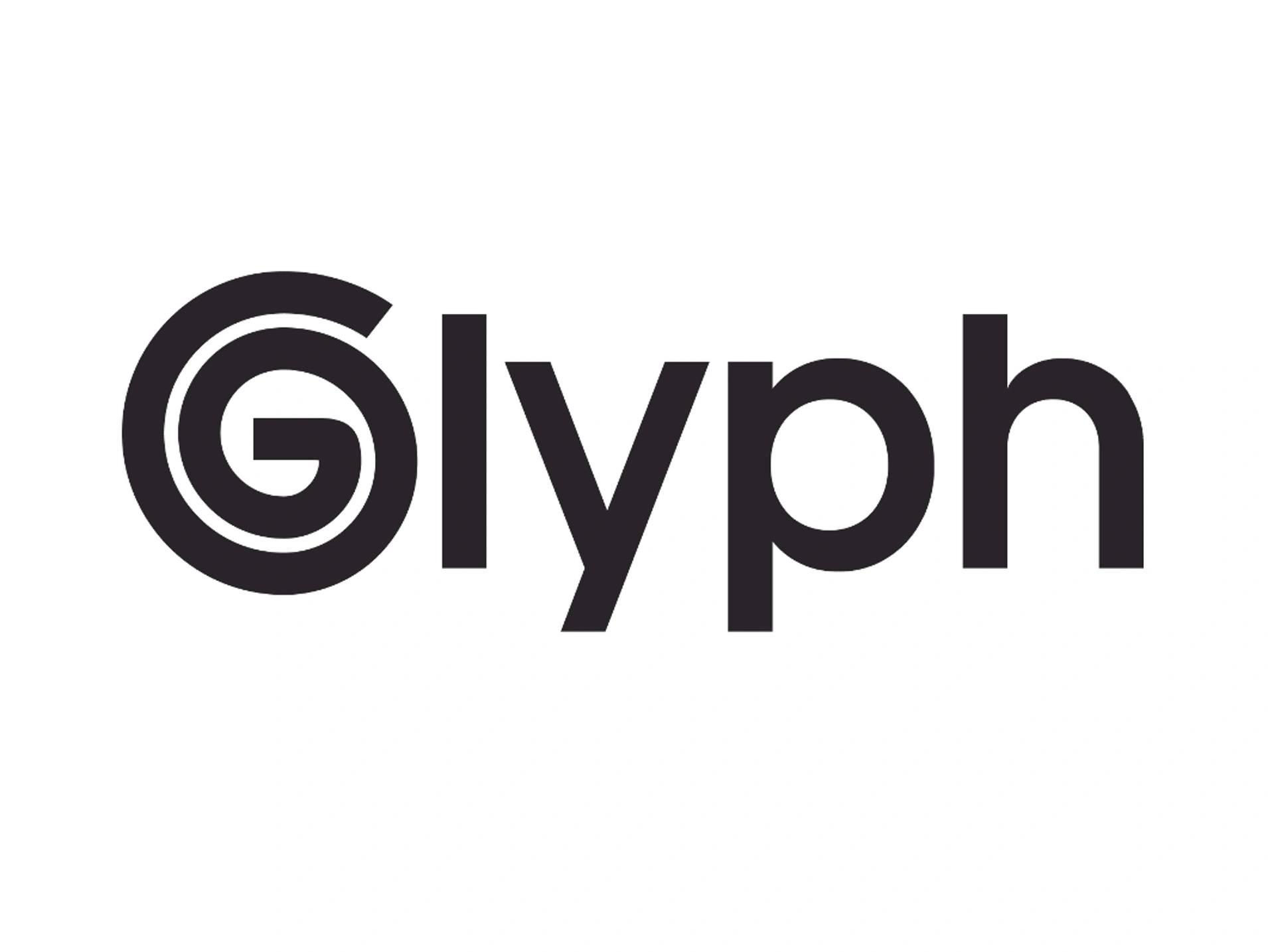Subscribe to wiki
Share wiki
Bookmark
Glyph
The Agent Tokenization Platform (ATP):Build autonomous agents with the Agent Development Kit (ADK)
Glyph
Glyph is a decentralized liquidity market protocol where users can be depositors or borrowers. Depositors provide liquidity to earn passive income, while borrowers can borrow in either overcollateralized or undercollateralized fashion. [1]
Overview
Glyph is a credit layer native to Fraxtal, focusing on providing money markets and enhancing liquidity across the Fraxtal ecosystem. Users can lend and borrow assets while earning from the Flox algorithm. Glyph offers a general-purpose cross-collateral lending market and aims to develop additional financial products spotlighting Frax assets. [1]
Depositing and Earning
glyphToken holders earn returns based on market dynamics, including the interest rate on loans. Deposit holders receive a share of borrower interest based on the average borrow rate multiplied by utilization. Each asset has its own APY that changes over time. [2]
There are no minimum or maximum deposit requirements within the system. However, low deposits may not yield returns greater than the cost incurred to submit the deposit transaction. [2]
To withdraw, users must access the "Dashboard" section and choose the "Withdraw" option. Then, select the desired withdrawal amount and submit the transaction. Sufficient liquidity must be available for withdrawal; otherwise, users may need to await additional liquidity from depositors or borrowers repaying their loans. Withdrawals are generally allowed unless the assets are actively borrowed or withdrawing them would lead to loan liquidation. Additionally, to exclude an asset from collateral use, individuals can opt-out after depositing it. This option is found in the "Deposit" section of their dashboard, where they can toggle the "use as collateral" button for the selected asset. [2]
Borrowing
Users may opt to borrow instead of selling their assets to maintain their position on a particular asset, thus retaining the potential upside value gain. Borrowing provides liquidity without the need to sell assets, often used for unexpected expenses, leveraging holdings, or exploring new investment opportunities. [3]
To initiate borrowing, users must first deposit assets to be used as collateral, then proceed to the Borrow section and select the desired asset. The borrowing amount is determined by available deposits that serve as collateral. The maximum borrowing amount depends on deposited funds and available liquidity, with insufficient health rating or liquidity rendering borrowing impossible. [3]
The health factor assesses the safety of deposited assets; a higher factor indicates lower risk of liquidation. Repayment periods are flexible, but accrued interest decreases the health factor over time, potentially leading to liquidation. [3]
Repaying the loan or depositing more assets can increase the health factor and avoid liquidation risk, with repayment prioritized for health factor improvement. [3]
Liquidations
Liquidation occurs when a borrower's health factor drops below 1 because their collateral value doesn't cover their loan/debt value. This can happen if the collateral value decreases or the borrowed debt increases. [4]
During a liquidation process, up to 50% of a borrower's debt is settled, with that amount plus a liquidation fee deducted from the available collateral. This ensures that the liquidated portion of the debt is repaid. Glyph facilitates partial liquidations, allowing liquidators to repay a maximum of 50% of a user's debt instead of the entire amount owed. For instance, if a user has $1,000 in debt and a health factor below 1, they could have $500 of their debt repaid in a single liquidation event. The specific liquidation penalty or bonus for liquidators varies depending on the asset used as collateral. [4]
Flash Loans
Flash loans are tailored for developers due to the technical expertise required. These loans enable borrowing any available assets without collateral, provided liquidity is repaid within a single block transaction. To execute a flash loan, a contract must be constructed to request one and execute the required actions, including loan repayment, within the same transaction. Flash loans have no associated fee, with a rate of 0.00%. [5]
Protocol Assets
- The Loan to Value (LTV) ratio determines the maximum borrowing amount based on a specific collateral. It's expressed as a percentage. For instance, at LTV=80%, borrowers can borrow up to 0.8 ETH worth of the corresponding currency for every 1 ETH worth of collateral. Following a loan, the LTV adjusts with market conditions. [6]
- The Liquidation Threshold (LT) indicates the percentage at which a position is considered undercollateralized. For example, with a Liquidation Threshold of 80%, if the value surpasses 80% of the collateral, the position could be liquidated. The difference between the Loan-To-Value and the Liquidation Threshold acts as a safety cushion for borrowers. [6]
- The Reserve Factor (RF) designates a portion of the protocol's interest to a collector contract as protocol fees for the Glyph Protocol. [6]
- The Liquidation Bonus (LB) refers to the reduction in the price of collateral assets when liquidators acquire them as part of the liquidation process for a loan that has exceeded the liquidation threshold. [6]
See something wrong?
The Agent Tokenization Platform (ATP):Build autonomous agents with the Agent Development Kit (ADK)
